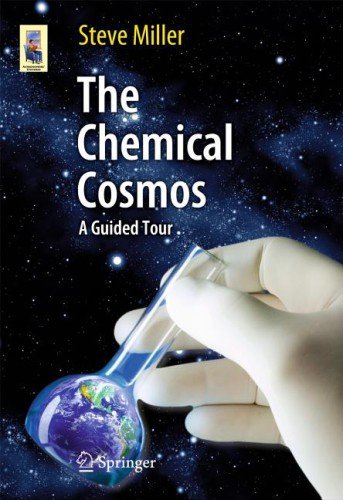

Most ebook files are in PDF format, so you can easily read them using various software such as Foxit Reader or directly on the Google Chrome browser.
Some ebook files are released by publishers in other formats such as .awz, .mobi, .epub, .fb2, etc. You may need to install specific software to read these formats on mobile/PC, such as Calibre.
Please read the tutorial at this link: https://ebookbell.com/faq
We offer FREE conversion to the popular formats you request; however, this may take some time. Therefore, right after payment, please email us, and we will try to provide the service as quickly as possible.
For some exceptional file formats or broken links (if any), please refrain from opening any disputes. Instead, email us first, and we will try to assist within a maximum of 6 hours.
EbookBell Team

0.0
0 reviewsIf you have ever wondered how we get from the awesome impersonality of the Big Bang universe to the point where living creatures can start to form, and evolve into beings like you, your friends and your family, wonder no more. Steve Miller provides us with a tour through the chemical evolution of the universe, from the formation of the first molecules all the way to the chemicals required for life to evolve. Using a simple Hydrogen molecule – known as H-three-plus - as a guide, he takes us on a journey that starts with the birth of the first stars, and how, in dying, they pour their hearts out into enriching the universe in which we live.
Our molecular guide makes its first appearance at the source of the Chemical Cosmos, at a time when only three elements and a total of 11 molecules existed. From those simple beginnings, H-three-plus guides us down river on the violent currents of exploding stars, through the streams of the Interstellar Medium, and into the delta where new stars and planets form. We are finally left on the shores of the sea of life. Along the way, we meet the key characters who have shaped our understanding of the chemistry of the universe, such as Cambridge physicist J.J. Thomson and the Chicago chemist Takeshi Oka. And we are given an insider’s view of just how astronomers, making use of telescopes and Earth-orbiting satellites, have put together our modern view of the Chemical Cosmos.